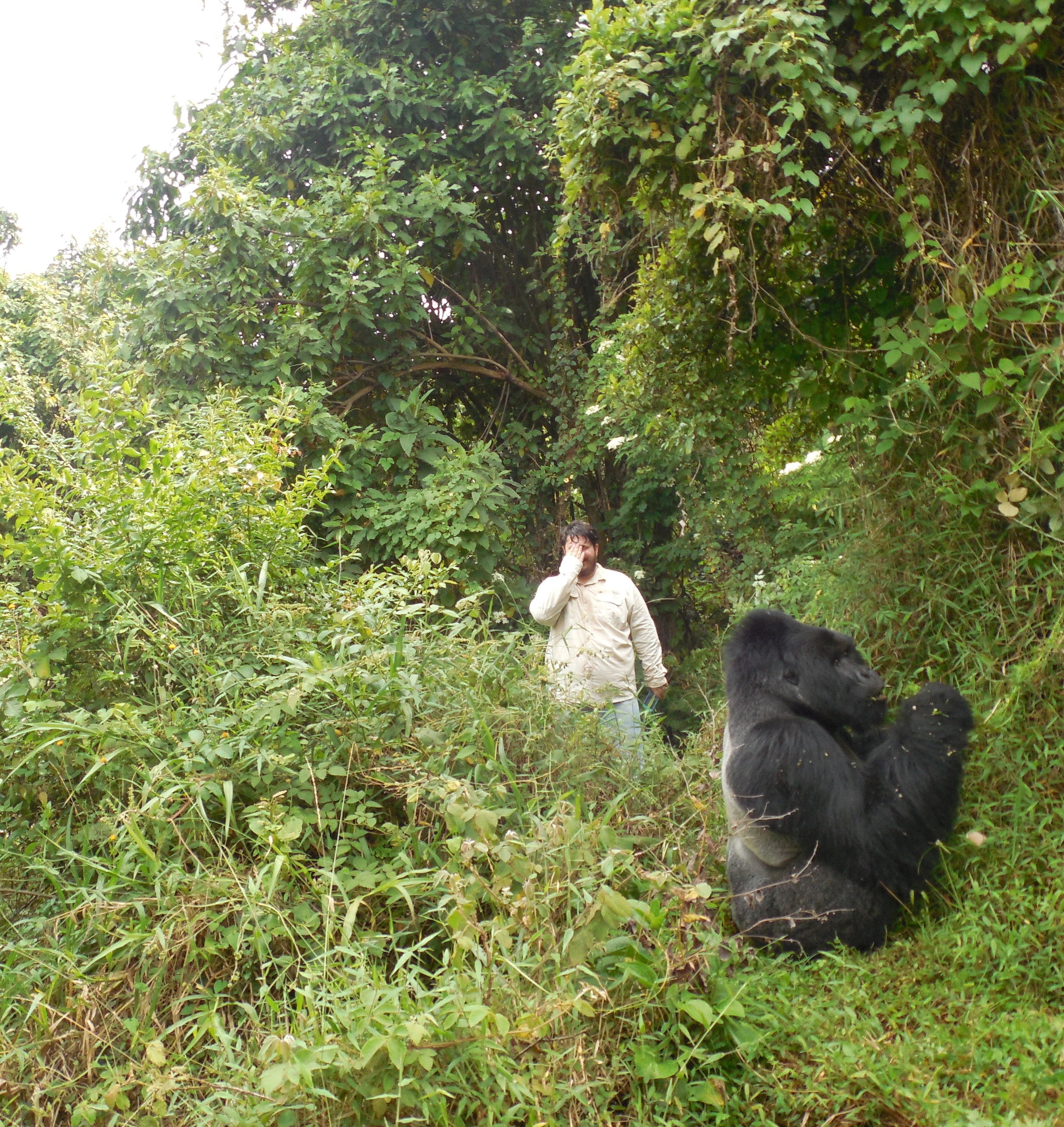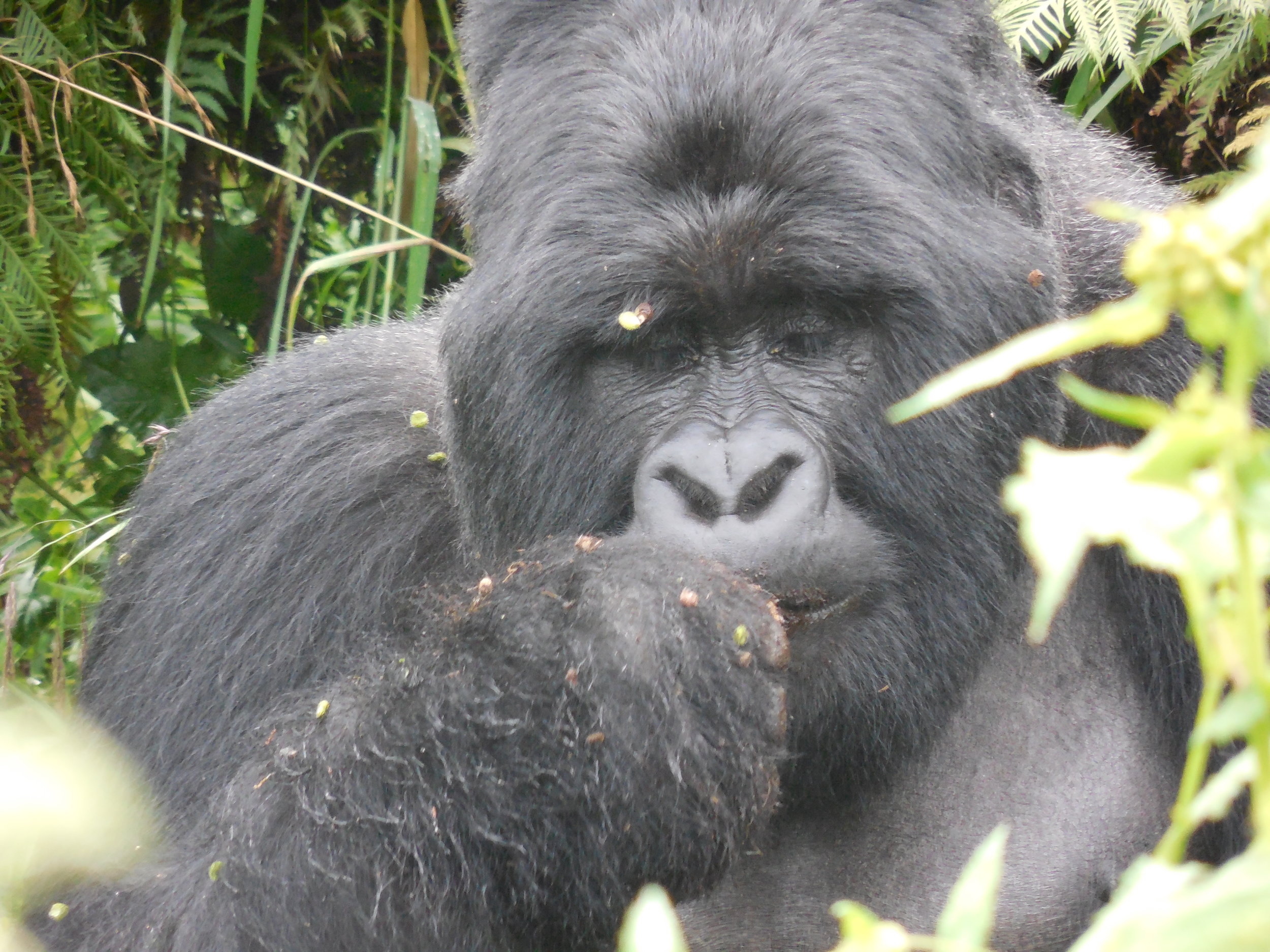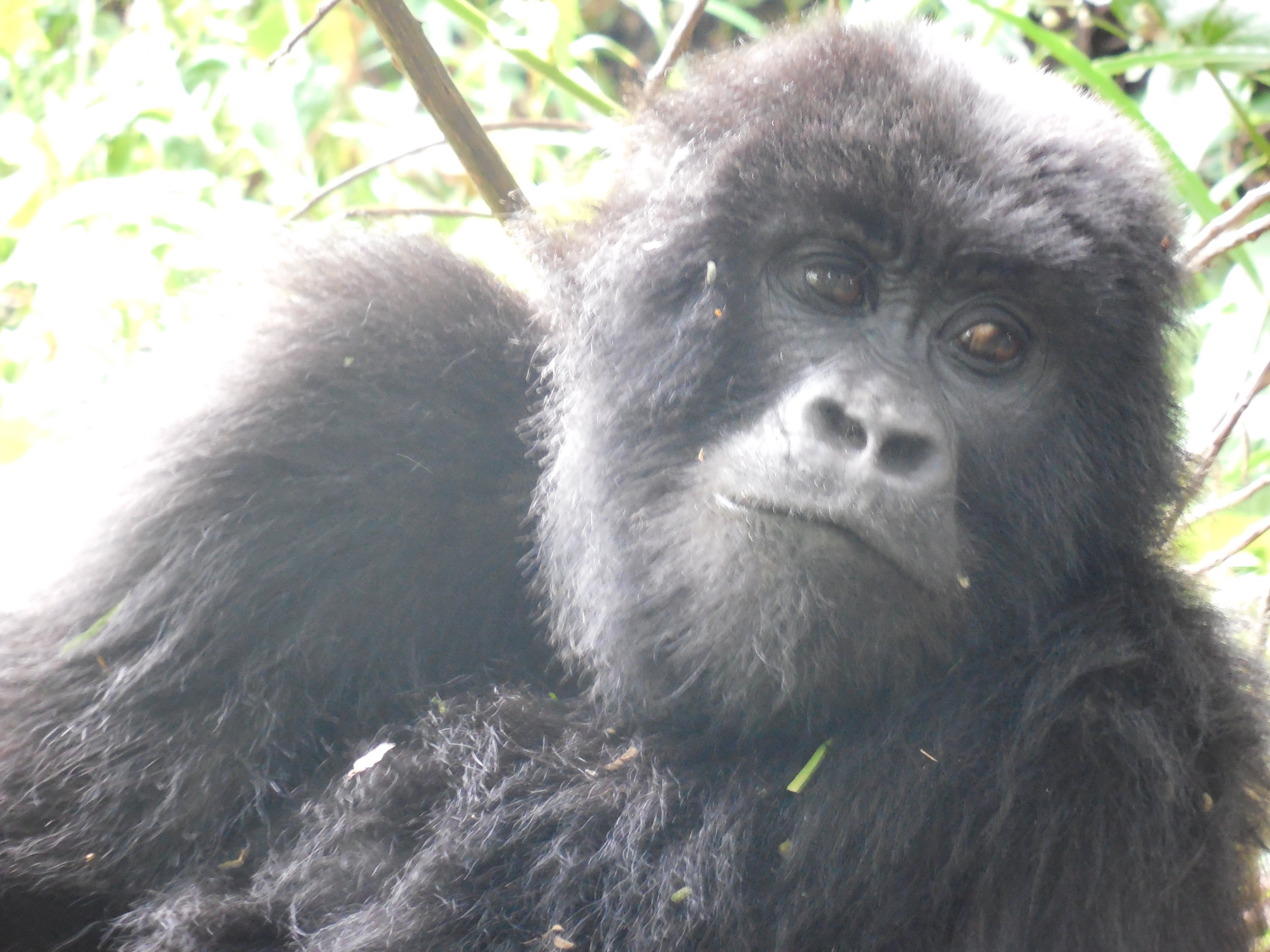The below has been reprinted with kind permission from Great Lakes Safaris & Uganda Lodges Ltd. The thoughtful analysis of the Rwanda Development Board (RDB) substantial increase in charges for the Gorilla Trekking Permits has sent shockwaves through the Rwanda and Uganda Gorilla Trekking Communities. My sincere thank you to Sheila for her thoughts and analysis.
Sheila Kogo Malinga
Marketing Manager
Great Lakes Safaris & Uganda Lodges Ltd - Where the journey into the wild begins…!
Differences in Gorilla Tracking : Rwanda vs Uganda
Gorilla Tracking in Uganda and Rwanda is pretty much the same experience although the factors that accompany the tracking are different.
One of the principle tracking difference in Bwindi Impenetrable National Park in Uganda and Volcanoes National Park in Rwanda – is that Uganda’s Bwindi Impenetrable National Park is in a thicker rain forest, with steeper slopes and ridges, compared to Rwanda where the Volcanoes National Park, mountain forest is open and the hiking gradient more evenly spread, making it relatively easier to track the Gorillas in VNP Rwanda compared in BWNP.
The similarity is the Mountain Gorilla, all in rain forest- accessible by a mountain hike. It also the case that Volcanoes National Park in Rwanda is closer to Kigali, the Capital of Rwanda, compared to Uganda whose capital city Kampala is 495km away.
Our experience in tracking Gorillas both is Uganda and Rwanda is that different persons arrive at different conclusions in comparing the Gorillas- whereby the younger, stronger and more fit person experience a preference for Uganda where they feel they have worked for the eventual coming to the Gorillas experience as opposed to Rwanda, where they find it easier and more ‘zoo-like’ in their opinion although we do not share that opinion.
For the more elderly person- I would say above 50, whose principal interest is to see the Gorillas and do not necessarily have massive doses of energy to extend in that quest, they tend to have a preference for Rwanda. Also persons who desire to do multiple Gorilla treks also have a preference for the easier option but there is a general tendency for some people to believe that the Gorilla Tracking in Uganda is a more authentic quest in search of these ‘gentle giants’ of the forest.
Also for persons with very limited time, obviously Volcanoes National Park in Rwanda being so close to Kigali, within 2.5 hours drive is a big advantage. However for persons with more time, gorilla tracking in Uganda tends to be more appealing as they have many options of extending their tour in Uganda with her hugely more diverse tourism product as opposed to Rwanda where gorilla tracking seems to be the thing and there is nothing much else- meaning
Rwanda has failed to deliver as a standalone tourist destination.
For the budget sensitive person the lower price of gorilla permits $600 in Uganda versus $1500 in Rwanda, coupled with the hugely attractive low season rate in Uganda of $450 (April-May and November) and not available in Rwanda is a huge appeal.
All the gorilla habituated families in Rwanda are accessible from one starting point , although the distances to the various trail heads differ- while in Uganda the Gorilla families are divided between the Northern section of Bwindi
Impenetrable National Park called Buhoma and the Southern Section called Nkuringo and therefore the difference between the North and the South prohibiting and necessitate persons tracking gorillas in the North to also choose accommodation in the Northern section and vice-versa for the southern section.
This also gives the impression that tracking in Uganda has an added tendency to seem un-crowded.
In the end, Rwanda is Rwanda and Uganda is Uganda – two distinctively different countries. It is hard to really say which is better or not better rather that different persons comparing tend to arrive at different conclusions making it more an issue of personal choice/preferences.


























